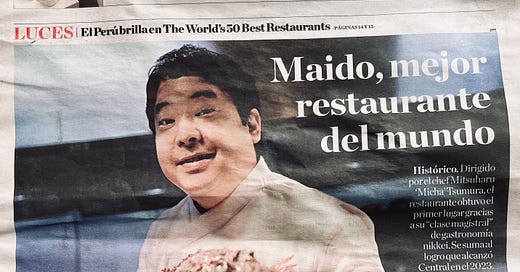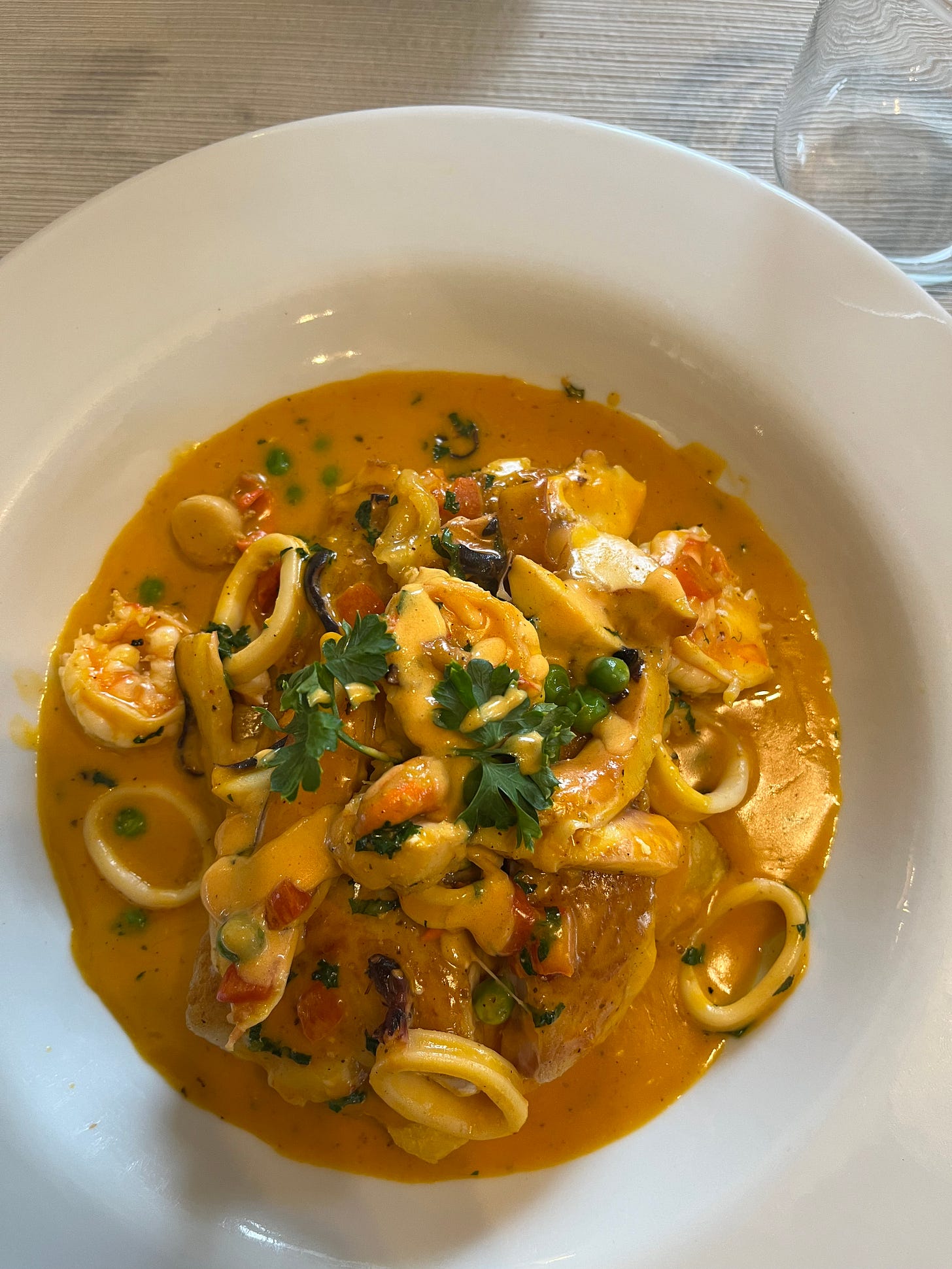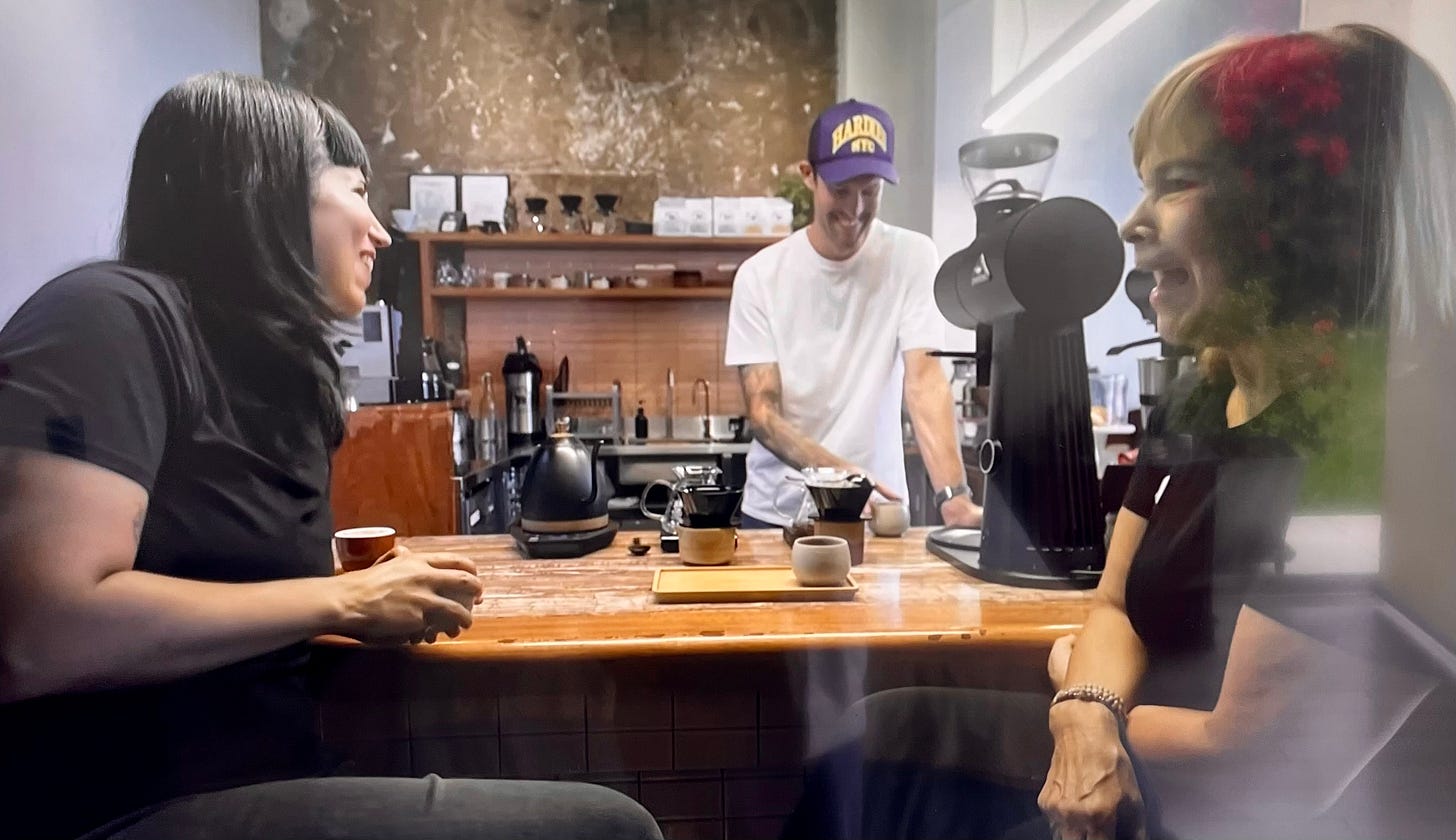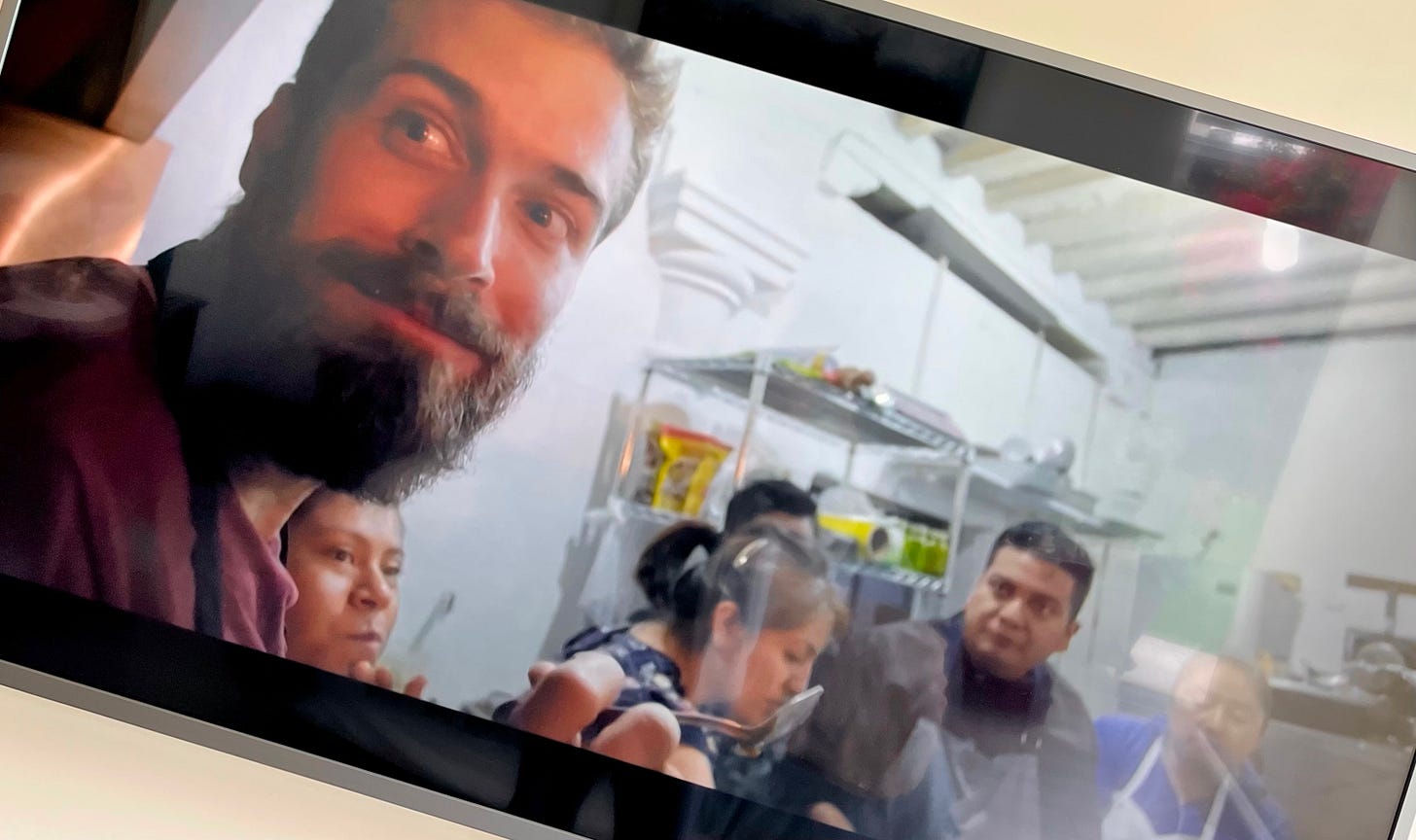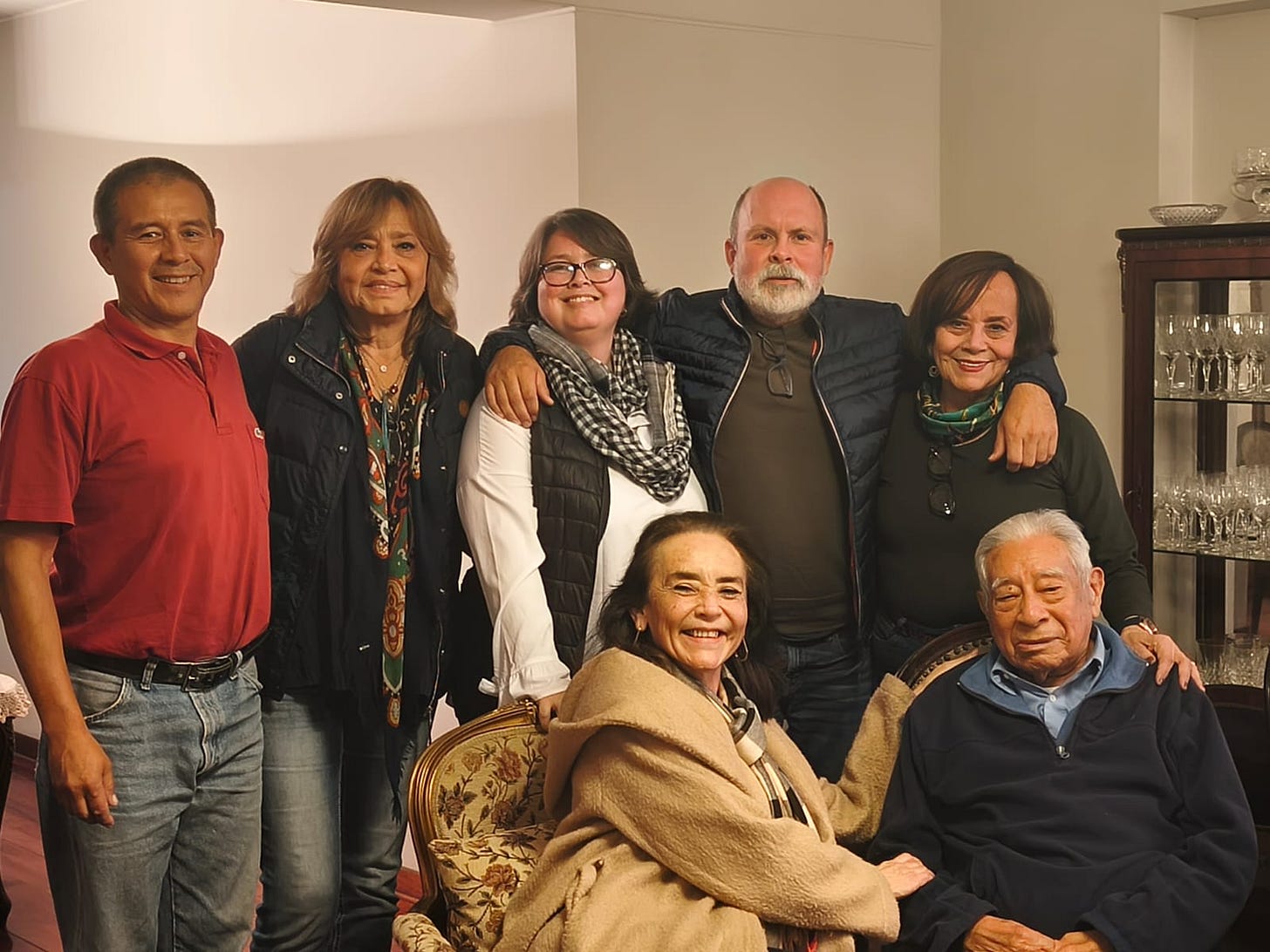Lima, Peru - Between Fear and Fearlessness
A personal reflection on inequality, identity, and the quiet courage behind progress.
This is the third night I've spent in Lima, the city where I was born.
I haven’t been here in at least two years, but this time, something felt different. I was shocked — more than I expected.
There’s a new international airport in Lima, built not far from the old one.
Now, when planes land, they approach from a different angle — one that exposes a side of the city that used to stay partially hidden.
Thousands of cramped houses, all of them unfinished and unpainted.
Raw brick. Dust. A complete sense of disorder and improvisation.
Getting out of the airport was a mess, as it has been, for as long as I can remember. Smog. Cars. Motorbikes. Policemen trying to impose some kind of order. A two-hour drive to cover less than 30 kilometers.
Why is this story relevant to Growing Fearless is an Adventure?
Why is Lima — and Peru in general — engaged in so many massive infrastructure projects, building colossal commercial complexes, while so much misery remains?
How is it possible that, after decades of “progress,” things still feel stuck?
That despite so much construction, and so many plans, nothing seems to truly improve?
I have a theory.
No one wants to lose what they have, even if it’s very little.
Most people are willing to compromise their values and principles just to preserve the status quo.
There is a symbiosis of the extremes.
The poor need the rich to keep hope alive — hope of income, of opportunity.
The rich need the poor to maintain their high standards of living.
It’s a mutual agreement that is, at the same time, a latent threat:
What happens if the symbiosis breaks?
This fear manifests as an unspoken social agreement, one that maintains, as much as possible, a carefully controlled fracture. One that makes it extremely hard for the poorest sectors of the population to truly thrive.
Let’s assume for a moment that my theory is correct.
Of course, I know it’s an oversimplification of a very complex situation.
But if it holds any truth, then I want to reflect on the role of fear — and fearlessness.
If you visit Lima and decide to explore its restaurants, you’ll find yourself in an oasis of amazingness. Beautiful spots mushroom across the city.
You’ll quickly notice a few things: exceptional quality, a deep respect for Peru’s culinary heritage, bold creativity, and a relentless spirit of entrepreneurship.
So what happened here?
If there is so much misery, disorder, and fear of change…
How is it that this industry managed to thrive?
What I know is that food has always been important to us, Peruvians. And over time, a few changemakers and leaders managed to break the mold of mediocrity.
They brought the best of home cooking to a global level, elevating it with pride, skill, and vision.
Just today, one Peruvian restaurant was named best in the world (Maido)
But it’s not just the food.
Lately, I’ve noticed something else: the quality of Peruvian TV commercials.
But these are filmed with exquisite care: fantastic storytelling, original illustrations, and stunning photography. The images show enthusiasm, diversity, and love for Peru.
Among so much chaos, there are multiple attempts at real progress.
The country may lack many modern essentials, but the deep love most Peruvians feel for our land has turned those visions of progress into real opportunities.
We’re beginning to realize that what unites us is not just culture —
it’s a competitive advantage, a value proposition, a doorway to excellence.
Maybe my wonderful country is beginning to see that the fear of losing what we have is less important than rescuing what makes us one.
The Peruvian adventure is still in its infancy.
But I truly hope that one day, we’ll see real progress, the kind that brings more equality of opportunity to all my fellow Peruvians.
Fear reveals what we need to change.
Love, Jose.
Let me close with a personal photo.
Yesterday, we went to visit my uncle — he’s 99 years old.
In this picture, I’m standing between my cousin and my mom. The others are my older cousins.
I hadn’t seen them in many years, and being together again was deeply heartwarming.
The “younger ones” are all over 50 now, and the others are over 60.
It feels like just yesterday we were 20...
But fortunately, we all still feel young.

